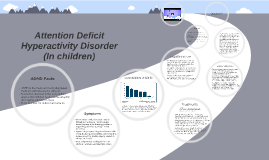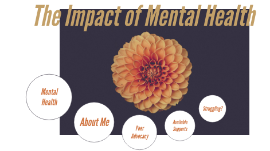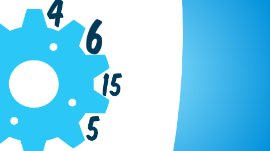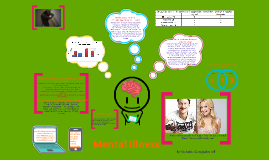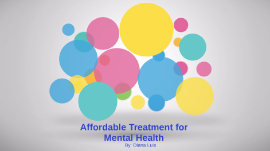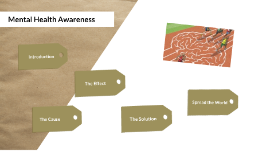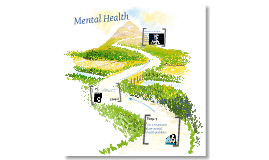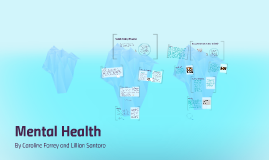Mental Health Presentation
Transcript: Impulsivity: trouble waiting his/her turn, blurts out answers and interrupts others Although it requires parental consent to start treatment, it is important to take into account what views and wishes the child expresses about their care Attention Deficit Hyperactivity Disorder (In children) Chilren who have comorbidities along with ADHD often experience a greater impact on their quality of life. They may often have a higher rate of school absences and visits to healthcare facilities The first and most important aspect to caring for a child with ADHD is to provide an accepting and supportive environment and to accept the child for who he is ADHD is the most commonly diagnosed mental health disease for children Most often detected in the early school years when children have trouble adapting and paying attention in class More prevalent in males than females Safe/Effective Care Treatments Carroll, M., & Park, A. (2007). Chapter 26. In Essential mental health nursing skills. Edinburgh: Mosby. What Is ADHD? Attention Deficit Hyperactivity Disorder Overview. (n.d.). Retrieved December 3, 2015, from http://www.webmd.com/add-adhd/guide/attention-deficit-hyperactivity-disorder-adhd ADHD Facts Legal/Ethical Care The first step in providing legal and ethical care for our paitents is by using autonomy, beneficence, non-maleficence and justice while planning care for paitents Nursing actions include giving positive reinforcement, encouraging physical activity, helping to implement a scheduled daily routine, providing referrals for therapy, and administrating medications as ordered Symptoms Comorbidities of ADHD Innattention: easily distracted, trouble following directions or finishing tasks, doesn't appear to be listening, problems organizing, often losing things, & day-dreaming Questions? Oppositional defiant disorder (ODD). (n.d.). Retrieved December 3, 2015, from http://www.mayoclinic.org/diseases-conditions/oppositional-defiant-disorder/basics/symptoms/con-20024559 Hyperactivity: squirm, fidgets or bounce while sitting, trouble playing quietly, always moving, excessive talking, trouble staying seated, & always "on the go" Sources Some key communication techniques include using simple and direct instructions, talking to them based on developmental age, and avoiding stimulating or distracting settings Medications are used in combination with a variety of therapies including special education, behavior modification, psychotherapy, social skills training and support groups Stimulant medications: work by increasing dopamine levels in the brain in a slow and steady manner that mimics the brains natural function Stimulants do not work on all patients with ADHD so specific nonstimulants medications such as Atomoxetine (Strattera), Clonidine (Kapvay), and Guanfacine (Intuniv) may be used. *ADHD cannot be prevented/cured but early detection and treatment increases the management of symptoms In order to optimize the management of symptoms, it is critical to create an individualized treatment plan for each patient ADHD Educational Institute. (n.d.). Retrieved December 3, 2015, from http://www.adhd-institute.com/burden-of-adhd/epidemiology/comorbidities/ Althought there is no cure for ADHD, early diagnosis and implementation of treatment can improve the quaility of life for these children. By determining comorbidities and other influential factors within the child's life, a personalized treatment plan that includes a combination of medication and therapy options that best meets the needs of the patient should be created. This works toward the main goal of recovery: achieving the highest possible level of functioning so they can live a healthy and positive life.






